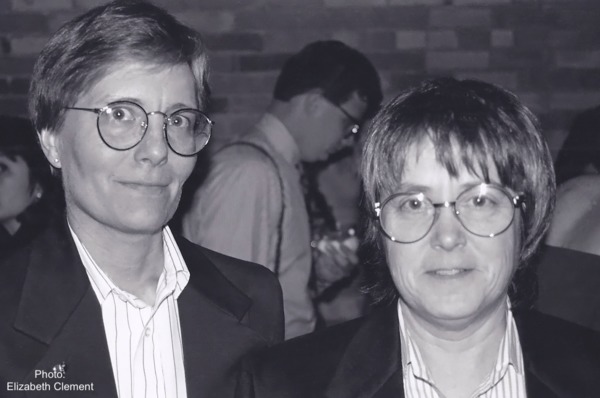Dublin Core
Title
Description
In the 1980s and 90s, AIDS was the country's number-one killer of adults ages 35 to 45. In Utah at the time, it was a stigmatized and shameful illness, and Utah doctors generally refused to treat AIDS patients. But because of one willing physician, Utah’s queer community developed hope for overcoming AIDS and many began to come out about their sexuality.
When AIDS first appeared in the US in the early 80s, many people were afraid of contracting it by touch or through the air. Such attitudes, caused by misinformation about AIDS and fear of homosexuality, had real implications for those affected by the disease. Salt Lake-based Dr. Kristen Ries was the only physician in Utah willing to treat AIDS patients, and as such, most patients quit her practice except for the queer and elderly. This led to her practice being nicknamed a “Gays and Grays” office.
Dr. Ries saw patients from all over Utah. She made an effort to not wear gloves around them and ended each visit with a hug. In the early days of the epidemic, treatment was unknown and AIDS was a death sentence for many of its victims. But together with her PA, Maggie Snyder, Dr. Ries’s office single-handedly addressed the AIDS crisis in Utah. Her practice cared for 90% of Utah’s AIDS patients between 1982 and 2009. Holy Cross Hospital and its staff of nuns provided social counseling, food, shelter, and medical care to patients who were rejected by their families or churches. Meanwhile, survivors remember the Utah State Legislature considering tattooing each AIDS patient or quarantining them to a colony on Antelope Island to address the epidemic.
Despite the atmosphere of shame and homophobia around the AIDS crisis in Utah, the work of Dr. Ries and other activists created a sense of hope. Dr. Ries reflected that treating AIDS patients helped her accept her own homosexuality, and she eventually married Maggie Snyder. For many queer people, the negligence surrounding AIDS versus the compassion and care received from Dr. Ries’s office was a catalyst for something much bigger -- coming out, advocating for each other, and asserting hope in the face of extreme loss.
Creator
Source
_______________
See Jenny McKenzie, Jared Ruga, and Amanda Stoddard, Quiet Heroes: Fighting for AIDS Patients in Utah(Studio: First Run Features, 2018); Elizabeth Clement, “Obituary Parlor Games: Collecting and Analyzing Obituaries as Sources for Understanding the AIDS Epidemic,” Memory Lives On: Documenting the HIV/AIDS Epidemic, Arthur J Ammann, eds. (San Francisco, CA: University of California Medical Humanities Press, 2021); University of Utah American West Center, “HIV Oral History Project, 2015-2016,” Marriott Library; Ben Williams, “Utah was the first stop for the AIDS Memorial Quilt in 1989,”December 18, 2018, Q Salt Lake, accessed January 2023.

